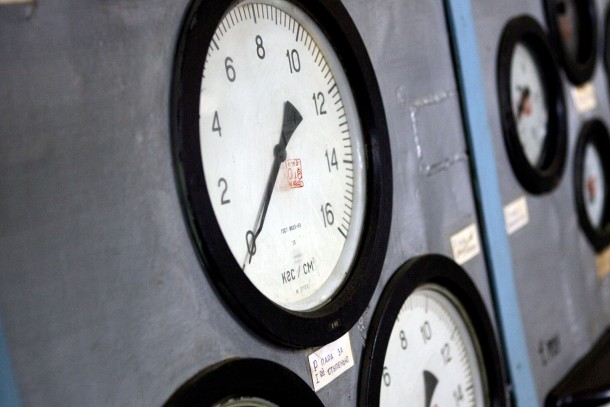14.06.2012 | News

NEFCO’s Board of Directors decided on Thursday at a meeting in Ålesund, Norway, to boost financial support for energy efficiency measures in Russian and Ukrainian municipalities by raising up the maximum loan amount per project from EUR 260,000 to EUR 400,000 to meet increasing financial demands from the corporation’s Facility for Energy Saving Credits.
NEFCO’s Facility for Energy Saving Credits is a loan programme, which primarily provides small scale loans to finance energy saving measures in municipally owned buildings such as schools, day care centres, hospitals and sports facilities. The energy saving measures can, for instance, include refurbishment of heat sub-centrals, installation of thermostatic valves and insulation of windows and doors. Loans can also be granted for the replacement of mercury-vapour street lamps with energy saving ones. In exceptional cases, small scale wind mills can also be financed from the facility. However, at the moment, the facility only provides loans to Russian and Ukrainian local authorities and municipal companies.
The overall objective of the facility is to promote emissions reductions via reduced energy consumption, and the environmental monitoring process is mainly aimed on the release of carbon dioxide, nitrogen and sulphur oxides and volatile organic compounds.
Under the terms of the facility, NEFCO may finance, in local currency, up to 90 per cent of the investment costs of any project being financed under the credit programme. The repayment of the loan is directly linked to the savings of the investment with a maximum repayment period of 5 years.
At the moment, NEFCO has over 20 new energy saving projects in the pipeline valued at around EUR 5 million, and the corporation’s Facility for Energy Saving Credits has access to funds totaling EUR 12.4 million.
Learn more about the Facility for Energy Saving Credits
Read our brochure about energy savings credits
Read a case study from Gurievsk, Russia
Read the article above in Russian